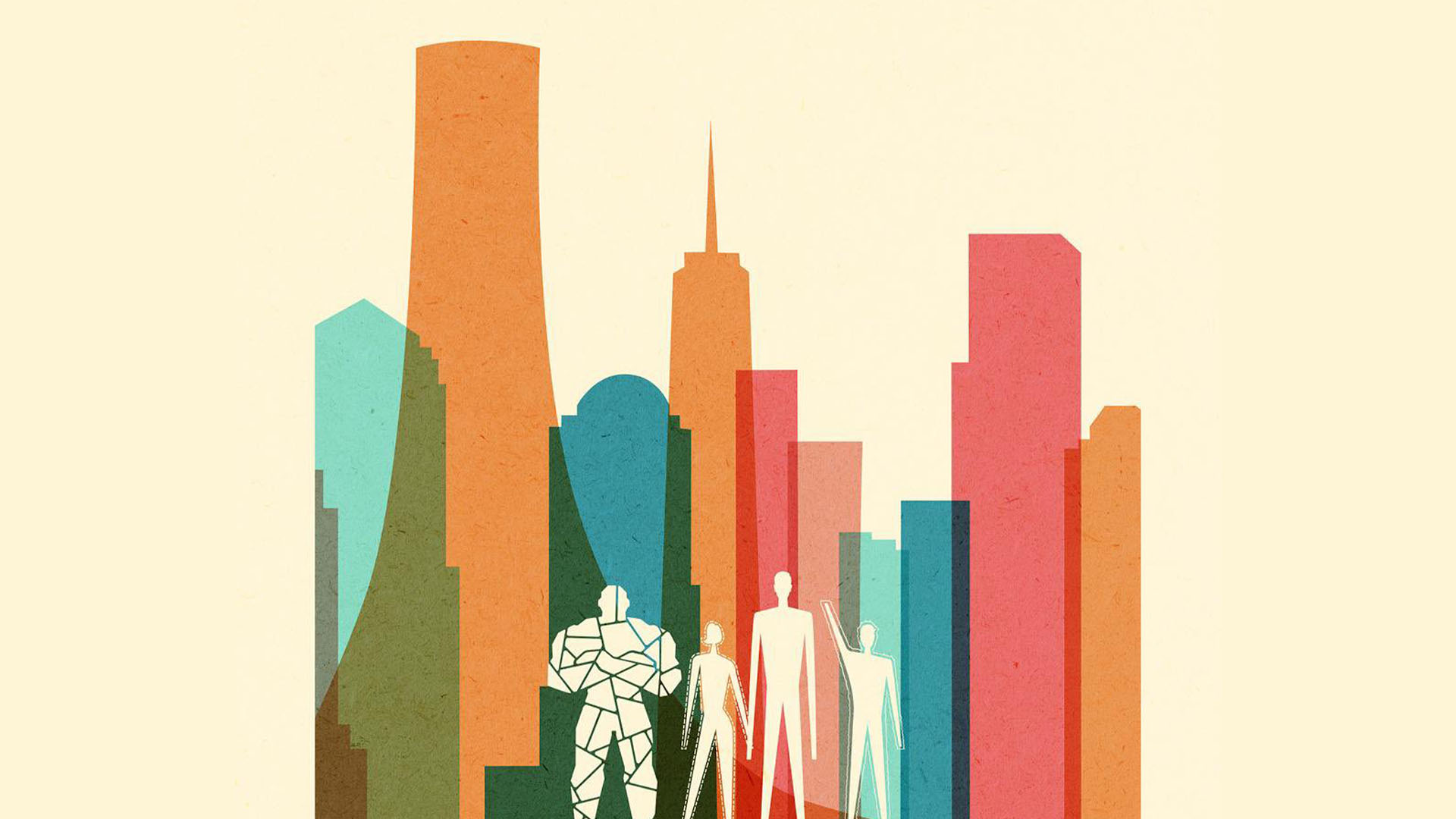Is The Lego Movie the smartest CG feature ever made?
How Animal Logic helped The Lego Movie’s directors turn preconceptions about toy-branded cinema on their heads.
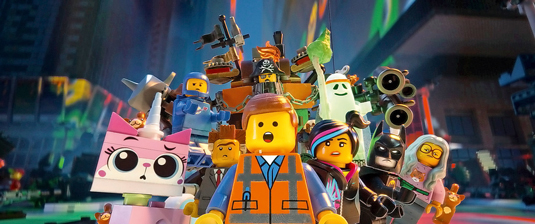
It's probably fair to say that toy-themed movies have deserved every brickbat thrown at them. Which is why nobody expected much from a movie based on the massively popular – but worryingly free-form – Lego. At least not until the first trailer hit, and people realised that directors Phil Lord and Chris Miller and Australian animation studio Animal Logic weren't so much making a movie about Lego as making a movie with Lego and celebrating the unbridled creativity it offers.
It looked so authentically Lego-ish that the online community immediately began arguing about how the animation was done. Even now, with worldwide box office receipts topping $400 million, some still refuse to believe that The Lego Movie was created digitally.
"It does crack us up that people still think it must have been put together with actual bricks," admits Rob Coleman, head of animation at Animal Logic. "But, of course, it's also a huge compliment.

"There was such a desire to capture that [look], not only in terms of the way we animated but also in the care taken with every other aspect [of the CG], from modelling and surfacing to cinematography, lighting, and rendering. In fact, I guess that, aside from a few smoke and water elements, you could do it with Lego pieces – if you had the time."
Rob says that Phil and Chris's desire was to "make the best brick film ever made". To that end, they started out showing the Animal Logic team YouTube Lego fan movies and stop-motion work like TV's Robot Chicken, as "a touchstone for the kind of look they wanted".
The script was actually one of the most complete I've ever seen for an animated feature
"The script they brought was actually one of the most complete I've ever seen for an animated feature," says production designer Grant Freckelton. "It meant we could immediately start researching each environment. We gathered reference from the web, from books, and from a trip to Legoland. That proved useful in showing how bricks weathered outdoors, with dust, dirt and oxidation – it helped give a sense that our Lego world is lived in."
The art of toys
Another reference point the directors brought to the table was the work of Finnish photographer Vesa 'Avanaut' Lehtimäki, whose artistically framed shots featuring Lego figures have been causing a stir online for the last few years. Freckleton says they ended up talking with the artist about his approach.
Get the Creative Bloq Newsletter
Daily design news, reviews, how-tos and more, as picked by the editors.
"What's inspirational about his work is that it's all done in-camera," he explains. "For me it really proved that our film didn't necessarily have to look simplistic and child-like. We would create a Lego world and still make it beautiful, interesting and visually sophisticated."

Coleman admits that when he came on board, he had concerns about the limitations of Lego: specifically whether audiences would be able to bond with everyman hero Emmet and the other 'minifig' characters in the story. Those fears were, however, allayed once the project got underway.
"The animators jumped in and started producing very subtle animation with the facial rig that we created, and right away we started to feel for these little guys. One of the early scenes we did was the one where Emmet is watching his co-workers talking about him and being quite cruel. I got goosebumps watching it. I knew at that point we had nailed it."
Freckelton, by contrast, says he naively assumed that a project based in a world of bricks would be relatively straightforward after working on shows with organic creatures. "In fact, it turned out to be one of the most challenging projects. The first issue was the lighting and shading. Trying to make it look photoreal and dealing with the complexity of the refractions, reflections and indirect lighting was very difficult. The other issue was the building work."
Building with blocks
When it came to constructing the environments, it helped that Animal Logic could tap directly into The Lego Group's database of bricks, marrying this to their own pipeline so that every single asset could be assembled from digital building blocks with the same part numbers as in the original database. The team were even able to utilise Lego Digital Designer, a free-to-download tool available on the official Lego website.
"It looks like something for kids, but it’s actually a very powerful tool that emulates the way real Lego is put together," says Freckleton. "It wasn't just a matter of grabbing assets with the LDD, though. We still had to rebuild each brick for efficient shading and rendering. The geometry is, believe it or not, very complex, so there was a lot of work involved optimising the shading."
The Lego Digital Designer looks like something for kids, but it’s actually a very powerful tool
The team also discovered they needed to account for the tiny imperfections that result when real Lego bricks are pieced together. "There's a subtle change of angle [between bricks] that differs depending on how you apply pressure," explains Freckleton. "Without that variation we found that assets looked wrong, so one of the most important challenges became the development of a system to apply 'jitter'."
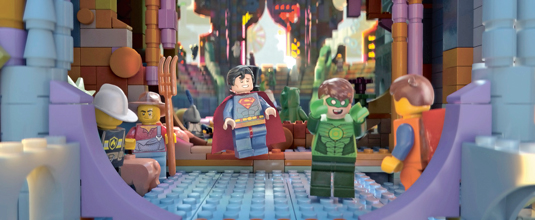
Making animation sticky
The way in which bricks connect also had to be replicated. The effects team modelled the 'stickiness' of bricks as they are joined or separated. "They also used rigid-body solvers working off a particle system true to the physics of Lego for scenes where blocks are smashed. When you [knock down] a Lego wall with interweaving bricks, some pieces stick together while other sections shatter."
Another custom tool, dubbed 'Brickville', allowed artists to craft environments in real time, drawing on the library of bricks and shapes to construct shapes and paint in areas. "Brickville allowed us to fill out large areas very quickly, although we did also utilise matte paintings – with the help of some augmentations to make them suitably brick-like – for the much broader landscape elements," says Freckelton.
Tiny figure, wide screens
When it came to lighting and cinematography, Freckelton says there was a strong desire to blend realism with a highly cinematic approach. "One of the decisions made early on was to make it look [as if it had been] shot on anamorphic lenses in the style of films from the 1970s and 1980s.
"Obviously shooting that way with real Lego would have been impossible, so there was a certain amount of cheating to make things as cinematic as if we'd been shooting humans."
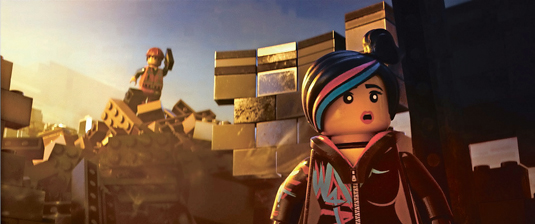
Light the bricks
Lighting setups varied between locations. Outdoor shots tended to rely on simpler environment light setups and the resultant indirect lighting, while for indoor scenes, more artistically driven analogues of action movie setups were employed. "We used bounce, fill, rim and all sorts of additional light sources, just to make it look as cool as possible," says Freckleton.
"In the interrogation room scene, for example, we looked at Michael Bay's The Rock and Robert Richardson's work with Oliver Stone and Tarantino. There's a harsh light from above that bounces off the table and fills the characters' faces in. Lighting supervisor Craig Welsh also brought up Basic Instinct as a reference, so we placed a Lego brick designed to emulate a grille over a fluorescent light. We had a whole heap of fun adding those little winks to other films. It's these extra details that makes films a lot richer."
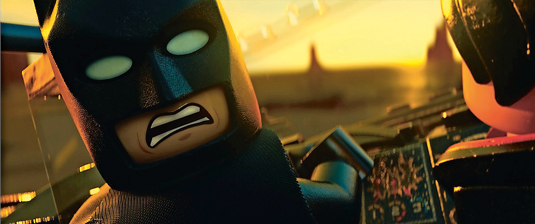
While a world built from simple polygonal blocks might seem like a perfect candidate for digital rendering, Freckleton says the complexity of the scenes, the physical properties of Lego plastic and the desire for accurate light transport – including accounting for the way that physical scale affects the way that light bounces and illumination falls off – made it necessary to come up with a new way to handle scenes.
"Coincidentally Max Liani, lighting supervisor on Walking With Dinosaurs [and driving force behind many of the studio's recent advances in lighting and shading systems], had been spending his weekends working on something called Glimpse," he says.
"It started out as a tool to allow artists to get quick raytraced scene previews, but eventually evolved – and is still evolving – into a standalone brute-force stochastic rendering system. By the end of the project, it was being used across every department, from layout previews through to final renders in conjunction with RenderMan, and even for a few full scene renders."
Proving the sceptics wrong
Despite the early scepticism, The Lego Movie has proven so popular that a sequel, to be directed by Chris McCay, animation co-director on the first movie, is due for release in 2017.
Freckleton understands why many were initially cynical. "People assumed we'd be creating a toy commercial. But the film is really a celebration of Lego as a creative medium. In a sense, Lego is simply the tool for creating the world. Nobody would accuse Aardman of trying to increase sales of modelling clay!"
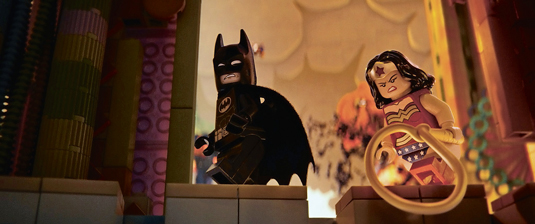
However, he admits to being taken aback by just how popular the movie has proven: "Lego is obviously special to people of my generation who now have their own children: probably more so than most toys out there. So there's a lot of love for the medium. But even as somebody who believed in the film early from the beginning, I'm surprised how well it's been received."
"We worked equally hard on all these big movies," adds Coleman, a veteran of the Star Wars trilogy. "But it's been wonderful to have audiences embrace this one in this way – and especially rewarding to work on something where both the parents and kids love it equally."
Words: Mark Ramshaw
The Lego Movie secured first place in the CG Animated Feature Film category in 3D World's 2014 CG Awards. Read more about this and the winners in all the other categories 3D World issue 187 - on sale now!
This article originally appeared in 3D World issue 183.

Thank you for reading 5 articles this month* Join now for unlimited access
Enjoy your first month for just £1 / $1 / €1
*Read 5 free articles per month without a subscription

Join now for unlimited access
Try first month for just £1 / $1 / €1

The Creative Bloq team is made up of a group of art and design enthusiasts, and has changed and evolved since Creative Bloq began back in 2012. The current website team consists of eight full-time members of staff: Editor Georgia Coggan, Deputy Editor Rosie Hilder, Ecommerce Editor Beren Neale, Senior News Editor Daniel Piper, Editor, Digital Art and 3D Ian Dean, Tech Reviews Editor Erlingur Einarsson, Ecommerce Writer Beth Nicholls and Staff Writer Natalie Fear, as well as a roster of freelancers from around the world. The ImagineFX magazine team also pitch in, ensuring that content from leading digital art publication ImagineFX is represented on Creative Bloq.
